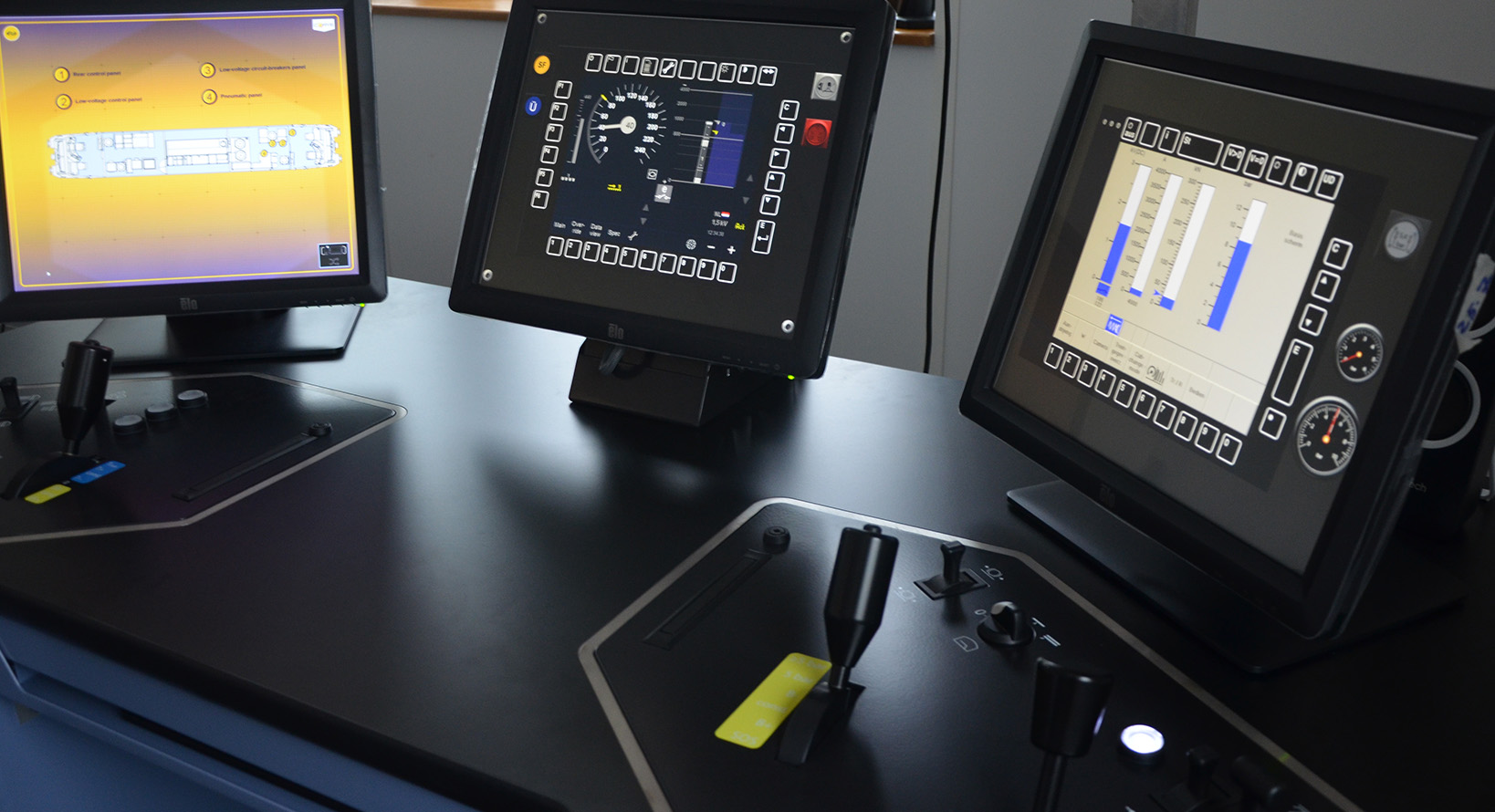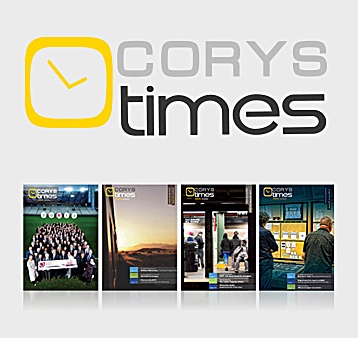
A simulator that faithfully reproduces the driver’s everyday environment
Interview with Carl Kleibeuker, senior instructor, NS (Netherlands)
What factors led to NS choosing its ETCS training simulator?
As an instructor, I didn’t get to have a say in which one we chose. However, I did have to give an opinion about how faithful the simulator was to ETCS specifications and drivers’ everyday experience in terms of screens, train behaviour, and so on. Having been a driver myself for thirty years, I believe this to be the key component – and the CORYS simulator met that criterion perfectly.
This level of realism is essential for trainees to engage in the training and receive the reassurance they need faced with a new technology like ETCS. If a trainee comes to me with a concern along the lines of “what will happen if I get this fault?” I can tell them the simulator is capable of reproducing every fault imaginable; they just have to practice and see for themselves.
How can a simulator comply with the ETCS standard without trainees drowning in details?
You can use your computer without knowing everything about how its operating system works. Similarly, a train driver doesn’t need to know which version of ETCS is installed to operate on a line. There’s no need to simulate details the driver will never see; the main thing is for them to learn the specific skills required for the version they are using.
This is the approach taken by the CORYS simulator and in my view, it’s the best option for a training tool. Other, more detailed simulators are useful for testing ETCS equipment, but that’s a very different use case.
Have you started training drivers?
500 drivers have already been trained; we already have several ETCS-equipped lines. Drivers complete a five-day course, during which they alternate between theory lessons and practical simulator sessions in groups of four, overseen by an instructor. They very quickly move on to driving in real-life conditions. By 2029 , all 3,500 NS drivers will be ready for ETCS.
Have you used the simulator for anything else?
I’ve used it to design about a hundred training scenarios, for our internal needs and for exams set by VVRV, the Dutch certification authority. These are long scenarios, lasting up to an hour. From time to time, our safety engineers also use the simulator to perform risk analysis.





